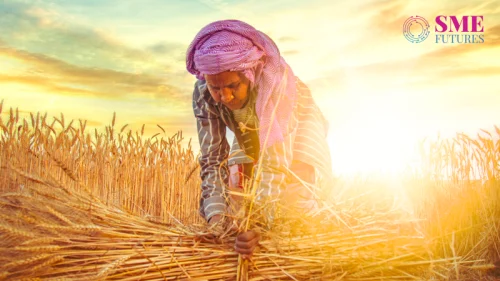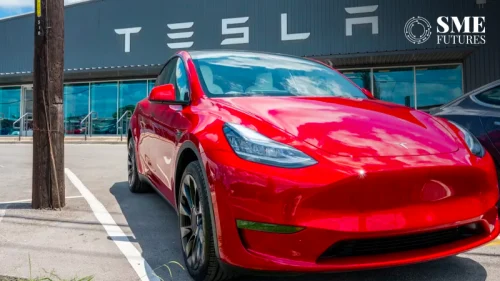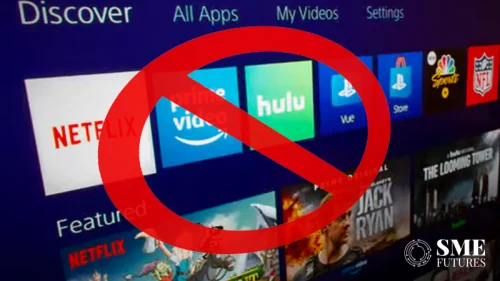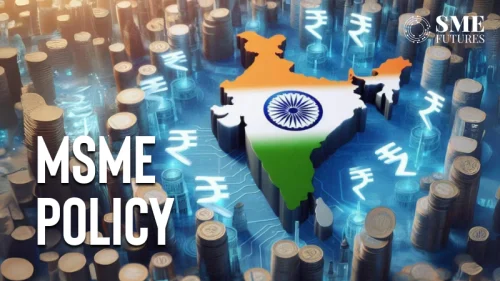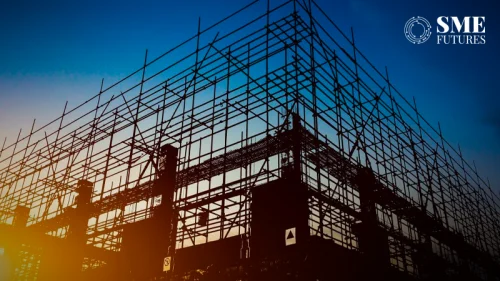India’s rapid digital transformation and the growth of its Micro, Small, and Medium Enterprises (MSMEs) are significantly changing its economic landscape. Consequently, small businesses are increasingly adopting online channels to grow their businesses and partnering with e-commerce platforms for the same.
A report by Redseer Strategy Consultants titled ‘MSMEs as the next growth engine for Indian e-commerce’ examines how MSMEs, a vital sector of India’s economy, are increasing their online presence, generating employment, and propelling e-commerce growth.
India’s digital transformation journey
With a projected 8 per cent yearly growth from USD 3.6 trillion in 2023 to USD 4.9 trillion in 2027, the Indian economy is expected to expand quickly. This expansion will be fuelled by the country’s young population, its rising earnings because of infrastructure improvements, and a business-friendly regulatory framework.
India is simultaneously going through a digital revolution as well, with both the corporate sector and the government aiming for a paperless society. For the common people, this has boosted efficiency, transparency, and convenience.
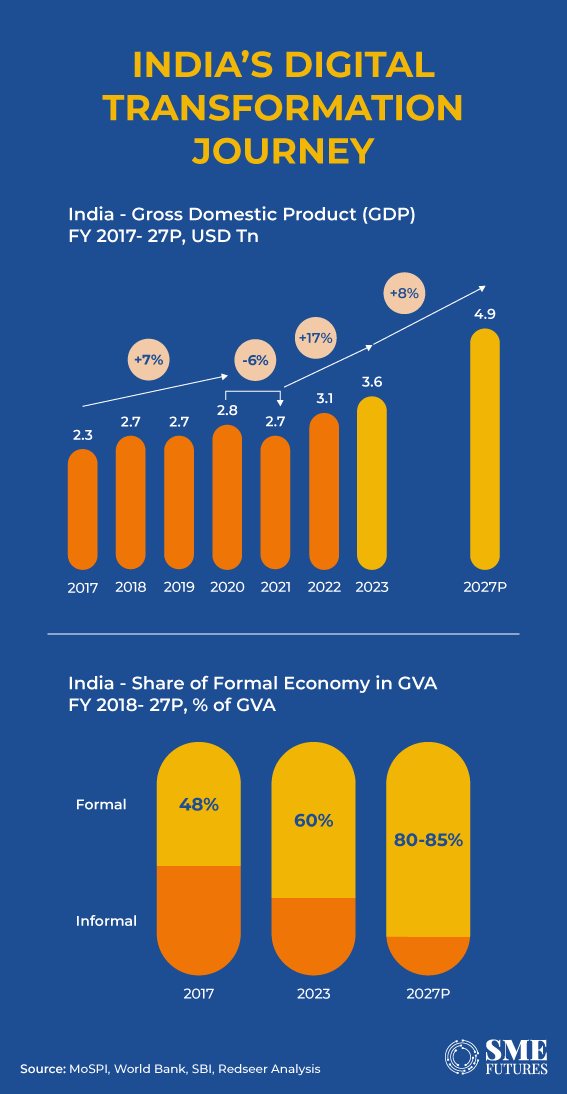
This digital transition has been significantly aided by technologies like UPI, Digilocker, GST e-way bill, and Fast-Tag RFID. Because of this, the formalised sector of the economy has grown from 48 per cent in 2017 to 60 per cent in 2023 and is predicted to reach 80-85 per cent by 2027.
India’s MSME opportunities
MSMEs play a crucial role in India’s economy, considerably boosting its GDP and creating jobs. They account for over 30 per cent of India’s GDP and are widespread in a number of industries, including manufacturing, trading, apparel, electronics, and more.
Initiatives like the China+1 policy have drawn businesses, assisting MSMEs in transitioning to OEM status. Financial transactions have become more efficient thanks to digitization, which has facilitated MSMEs’ access to loans.

Infrastructure improvements have lowered prices and increased connections, which has accelerated the expansion of MSMEs. According to projections, MSMEs will account for 65–75 per cent of India’s retail market and 35–40 per cent of the country’s GDP by 2027.
MSMEs’ online evolution prompts job growth
More and more MSMEs are going online now. 80 per cent of India’s 85 million MSMEs are predicted to be online by 2027, up from the current 70 per cent. It is anticipated that by 2020, 70 per cent of them will be using electronic payments.
However, approximately 1.5–2.5 million MSMEs, or 2-3 per cent of MSME merchants, currently offer their goods online. By 2027, this is anticipated to increase by a factor of two to 5.5–6 million. More than 35 million employments are expected to be created by the additional 4 million MSMEs going online.
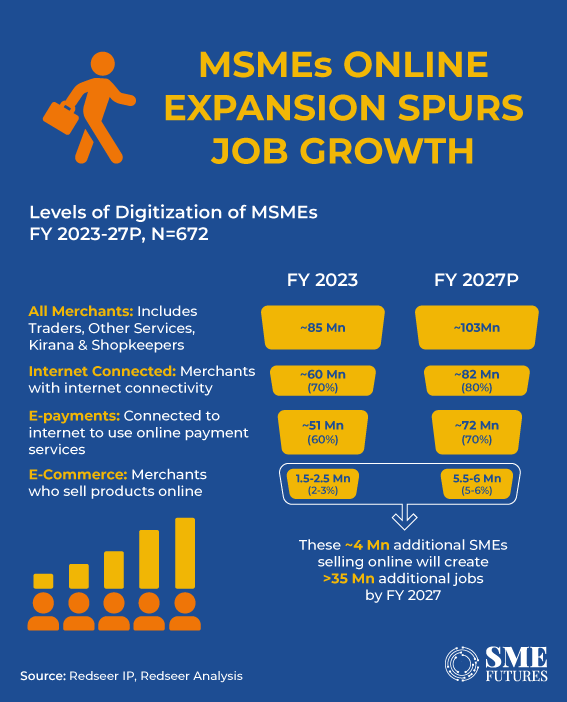
The recommended GST reforms that would let unregistered vendors make intra-state supplies could cause these numbers to increase by 20–25 per cent.
Benefits of MSMEs selling online
E-commerce revenue has increased over time because of MSMEs increasingly embracing online sales channels. Our survey indicates that non-grocery vendors often begin with one-third of their online sales in their first year but surpass fifty per cent by their third year.
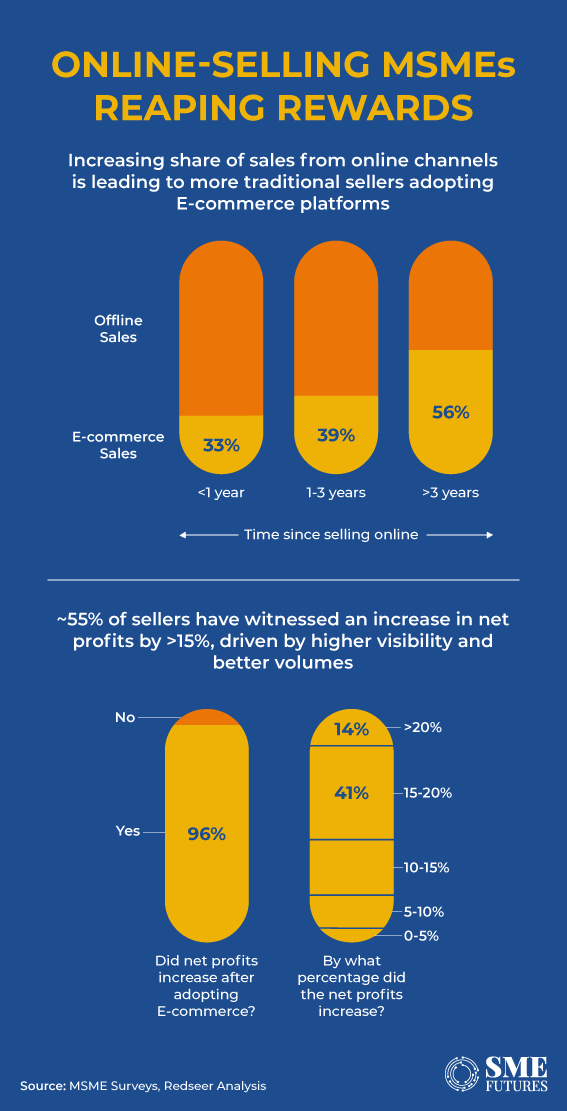
MSMEs who went online reported increased net profits in industries including fashion, beauty, and personal care. 55 per cent of businesses saw their profits climb by over 15 per cent, while 96 per cent saw overall net profit improvement. MSMEs are motivated to work with e-commerce platforms through the expansion of distribution channels that have been quick and profitable.
MSMEs to contribute ~$50 Bn to e-tailing GMV by FY 2027
With a spectacular CAGR of 60–70 per cent from now until 2027, MSMEs will surpass e-tailing as the primary force behind the growth in online retail in the coming years. By 2027, MSMEs are expected to make up almost 50 billion USD of the global e-commerce GMV.
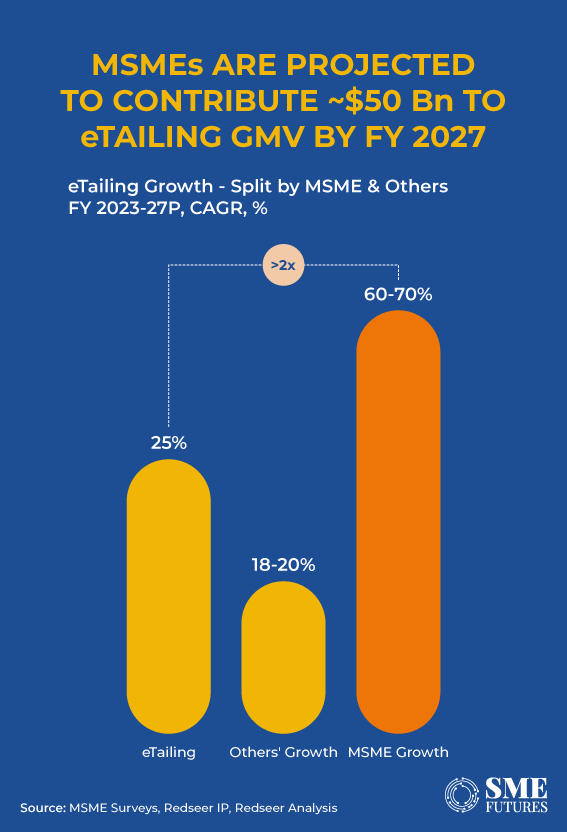
If MSMEs receive the same advantages online as the bigger firms do, e-commerce platforms will change their vendor regulations. In fact, if the suggested modifications to the GST Act are put into effect, unregistered e-commerce vendors with particular turnovers would be permitted to make intra-state shipments, dramatically increasing MSMEs’ contribution to e-tailing sales.
The research from Redseer makes it clear that MSMEs are not just the beneficiaries of India’s e-commerce boom but are also active contributors to its success story. These smaller businesses have not only survived but thrived in the digital era and are poised to continue playing a pivotal role in the growth of India’s e-commerce sector. However, recognising and addressing the challenges that MSMEs face while providing them with the necessary support and infrastructure will further unlock their potential.



